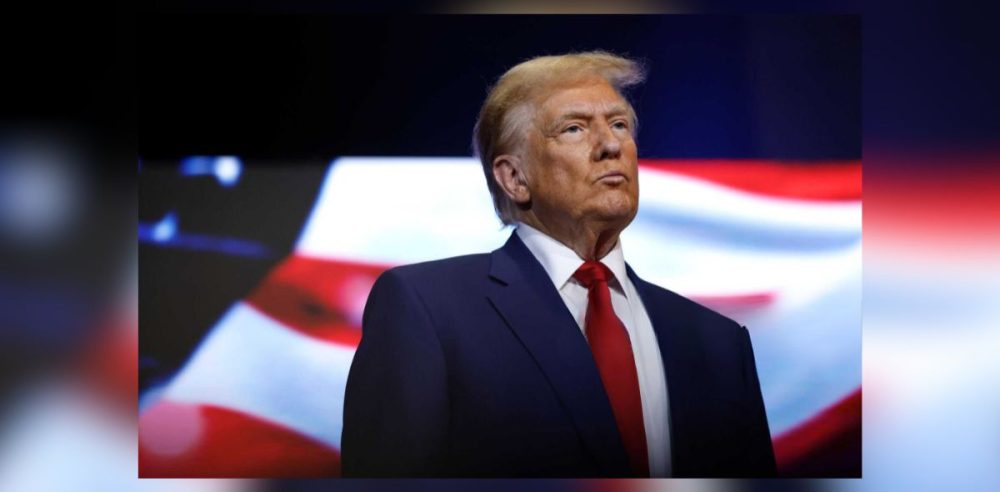Donald Trump this week dropped a surprising declaration: Renaming the Gulf of Mexico to the Gulf of America.
While it may sound like theatrics, this move signals Trump’s style of negotiating and messaging – potentially laying the groundwork for international trade posturing. If this is the opening act, we can expect plenty of bold plays ahead.
Financial markets are betting big that Donald Trump’s return to office will fuel further inflation – and the signs are already there.
Tariffs
Trump’s tariff plans are back with a vengeance:
- Proposed 25% tariffs on Mexico and Canada (key trading partners) until they curb fentanyl trafficking and undocumented migration.
- A 10% tariff on all Chinese imports, stacking on already hefty duties.
What does this mean for you? Higher prices. Tariffs act as taxes, and those costs inevitably trickle down to consumers. Remember the 2019 IMF study? It proved tariffs = inflation. Trump’s policies are poised to repeat history.
Immigration
Deporting an estimated 13 million undocumented immigrants is another Trump promise with massive economic consequences.
Farms rely on undocumented workers for over 50% of their workforce, yet still face a 21% labor shortfall.
The construction industry? 23% of its workers are undocumented, and the sector already faces a shortage of 500,000-1 million workers.
What happens when this labor pool disappears? Expect a supply shock, driving up prices on groceries, housing, and beyond. Replacing these workers will mean higher wages, which leads to -you guessed it- more inflation.
When pressed on how many of these immigrants a Trump administration could realistically deport, Vice President-elect J.D. Vance said at least 1 million per year. Trump has already signaled his intention to follow through on this promise by appointing Stephen Miller – the architect of his first-term immigration policies – as deputy White House chief of staff.
Taxes
Trump’s plan to extend and deepen tax cuts from his first term is music to the ears of many, but not without a cost. Lower taxes mean more cash in pockets, which history shows will likely fuel spending and stoke inflation, especially if the Fed doesn’t intervene.
The Dollar’s Double-Edged Sword
The U.S. Dollar Index is riding high – up 22% over four years and nearly 9% since September – thanks to Trump’s tariff saber-rattling. Yet, without serious government spending cuts, the dollar’s strength may be fleeting. Massive deficits (projected to average 6.3% of GDP over the next decade) risk eroding confidence in the greenback long-term. Winners in this scenario? Bitcoin and gold.
The Fed faces its usual impossible mission: balance inflation and employment. Rising unemployment could push the Fed toward rate cuts, despite inflation risks. This tightrope act underpins the $29 trillion U.S. economy, and the stakes couldn’t be higher.
From tariffs to taxes, immigration to deficits, and now the Gulf of America rebranding, Trump’s policy playbook signals a return to bold, headline-grabbing moves with far-reaching economic implications. The question is: how will the economy, the markets, and ultimately the Fed respond?
Stay tuned. The stakes are monumental, and the ripple effects will be felt far beyond the U.S.


